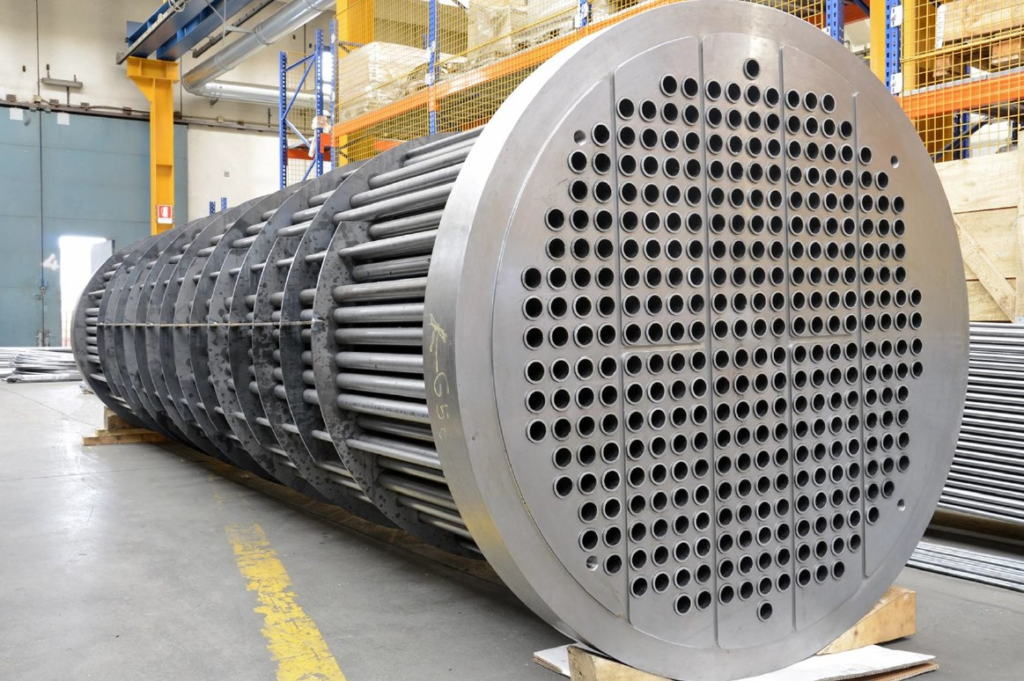
The report “Plate and Tube Heat Exchanger Market by Material Type (Stainless Steel, Titanium Alloy, Copper, Aluminum, Nickel Alloys), End-use Industry (Chemical, Petrochemical & Oil, Gas, HVAC & Refrigeration, Power Generation), & Region – Global Forecast to 2028″, is projected to reach USD 884 million by 2028, at a CAGR of 6.5% from USD 645 million in 2023. The plate and tube heat exchanger market are mainly driven by the growing industrialization in emerging regions. Moreover, it is also driven by stringent environmental and energy efficiency regulations.
Download PDF Brochure
Browse
- 310 Market data Tables
- 149 Figures
- 278 Pages and in-depth TOC on “Plate and Tube Heat Exchanger Market – Global Forecast to 2028”
Some of the prominent key players are:
· Alfa Laval (Sweden)
· Kelvion Holding GmbH (Germany)
· API Heat Transfer (US)
· HRS Heat Exchanger (UK)
· SPX Flow (US)
· Danfoss (Denmark)
· HFM Plate Heat Exchanger (China)
· Xylem (US)
· Wabtec Corporation (US)
· Thermex (UK)
Driver: Stringent environmental and energy efficiency regulations
The regulatory and sustainability mandates have increased the demand for energy efficiency. After the Kyoto Protocol that commits state parties to reduce greenhouse gases emissions, the pressure on the manufacturing industries to reduce both energy use and the associated CO2 emissions has increased. Plate and tube heat exchangers are far more environmentally friendly than other heating or cooling equipment and these do not use non-renewable fossil fuels such as coal or natural gas for heat transfer. Governments and regulatory bodies, especially in North America and Europe, are focused on deploying heat exchangers to reduce CO2 emissions and provide an energy-efficient solution. Moreover, sustainability along with energy efficiency is gaining more importance among end consumers. An efficient heat recovery process reduces energy consumption and helps in significant cost savings.
North America and Europe regions have stringent regulations towards energy efficiency. For instance, European Union’s directive 2010/75/EU regulation, which is based on the pollutant emissions from air, water & land, generation of waste, use of raw materials, and energy efficiency, states that industries worldwide should use the best technologies to prevent the CO2 emission so that it does not impact the human health as well as the environment. According to the US Department of Energy (DOE), 50% of the energy is utilized for operating residential and commercial infrastructure, and most of the energy is used by HVACR systems and appliances in the US. Energy Policy and Conservation Act of 1975 (EPCA), and DOE’s Appliance and Equipment Standards Program and Energy Efficiency Directive 2012/27/EU are some of the major energy efficiency and emission regulations and programs. These regulations are driving the demand for efficient HVACR equipment, including the plate and tube heat exchanger systems.
